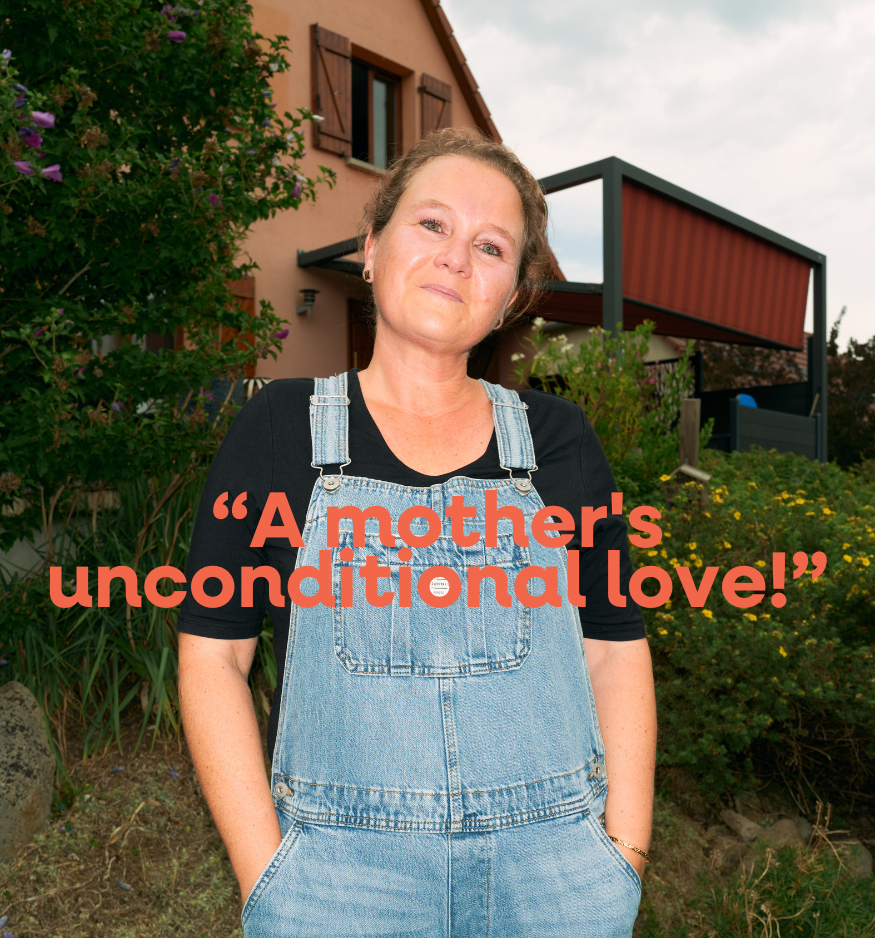Postpartum is the period where we find our balance as a mother, and where we also find our woman's balance. After nine months without periods, they take time to return, especially for breastfeeding mothers. Not to be confused with layer sequences, layer return corresponds to the resumption of the menstrual cycle and therefore fertility. To take advantage of your newfound sexuality, without a “surprise baby” involved, some details on what awaits you.
Distinguish between layers
We call the period of birth 6 to 8 weeks after delivery. There are two distinct periods:
- from 1 to 15 days these are the immediate afterbirth;
- after 15 days, they are said late.
Lochia after childbirth
Marked by the discovery of his newborn, these two months are also punctuated by physiological phenomena that we talk little about, starting with the lochia. This intriguing name refers to heavy uterine bleeding in the days following birth, then weaker.

Although not serious, these lochia are frightening. Indeed, they occur after long months during which the pregnant woman was conditioned to interpret any drop of blood as a potential danger. Which can above all be destabilizing is that they sometimes last two months, with only a few days of respite.
Postpartum trenches
It is mainly at the level of the uterus what happens after childbirth. After having sheltered the fetus, it must indeed return to its place and return to its original size. On average 6 cm for 50 to 70 g.

Fast on the first week postpartum, and sometimes painful – the aptly named “ trenches » –, this retraction then takes a cruising speed for the remaining 7 weeks.
THE pelvic pain can also be increased when breastfeeding. This is due to the action of theoxytocin, a hormone that accentuates the phenomenon of trenches during feedings.
Healing of the uterus
The uterus – always – must also heal. This healing occurs less than two weeks after giving birth to her child. It generally manifests itself by a 48-hour bleeding nicknamed “ the little return of diapers ».

When does diaper return arrive?
Being able to do their comeback around thirty days after giving birth, the first period are difficult to predict. Indeed, it depends on the women, but also on how their cycle was structured before. And finally, it's good later when breastfeeding.
In the absence ofbreastfeeding, there first ovulation can occur as early as 3 weeks after giving birth. Hence the need to discuss contraception in advance with a medical advisor, ideally before leaving the maternity ward.

Rebirth after a cesarean
Let us focus on the Caesarean women, that is to say those who give birth to their baby not vaginally, but with an operation. Much practiced, cesarean section only presents few differences with so-called classic childbirth as for afterbirth.

However, a detail that is not a detail remains skin to skin. Consisting of placing the naked baby directly on the skin of its mother, as well as the father or partner, this process is carried out in the first hours of the infant's young existence.
Promoting the lactation hormone, oxytocin, skin to skin has an impact on the postpartum period if it is practiced too late, but not about returning diapers.
How to cope well with returning from childbirth?
Returning to diapers can be a time of physical and emotional upheaval for new mothers. To better experience this transition, we advise you to take good care of your body and your spirit.
First of all, take the time to to rest as much as possible to recover from your childbirth. When you feel ready, start doing gentle exercises, such as walking or postnatal yoga, to gradually strengthen your body. At the same time, take postpartum dietary supplements can help you fight fatigue, stabilize mood and reduce stress.
Finally, we can never repeat it enough but do not hesitate to ask for help, whether from your family, your friends or health professionals. This will make you feel supported and less isolated.
Diaper return and breastfeeding
The contraceptive action of breastfeeding
Until the baby is 6 months old, breastfeeding can act as a natural contraceptive ; except that it is only infallible provided that the three imperatives sine qua non following are respected:
1️⃣ The infant must have exclusive breastfeeding.
2️⃣ A minimum of 6 feedings per 24 hours is required, including one at night.
3️⃣ No return of periods. Generally, they resume one month after maternal weaning.
Is breastfeeding a method of contraception?
This technique, called LAMA (Breastfeeding and Amenorrhea Method), is based on a solid foundation, but not necessarily easy to implement on a daily basis.

Carried out under the conditions stated, it would be 95% effective during the first two months postpartum.
What contraception during breastfeeding?
In order to gain peace of mind, and to free yourself from excessive constraints, solutions exist from three weeks postpartum, such as asking your doctor for a prescription for a microprogestin pill.

Another option: the installation of a contraceptive implant, again, three weeks after giving birth.
Finally, one month after giving birth, or even six weeks, you can have a IUD with copper or progesterone (DUI), with the exception of women who have had a cesarean for whom this period is extended by a few additional weeks.
Can you get pregnant before giving birth?
Resumption of sex after childbirth
We know that getting back into somersaults after giving birth is not easy: hormonal disorders, breastfeeding annihilating the libido, loss of self-confidence linked to bodily changes and fatigue are enough to sow discord.
Wait 4 to 6 weeks to recover from these upheavals and take time for yourself and your baby is the recommendation made by gynecologists.

“Surprise babies”
When relationships resume, the main thing is to only have in mind her pleasure and that of his partner. To have complete peace of mind, it is better to protect yourself from the famous “surprise babies” characteristic of returning from diapers.
You know the little brothers and little sisters who were not included in the program because the mother thought she did not need contraception.

This confusion comes from the fact that we often make the shortcut periods = bleeding = fertility. And yes, the first ovulation occurs 2 weeks before the first return of menstruation. And who says ovulation, says risk of seeing, nine months later, the stork and its bundle.
Resume contraception postpartum
After a pregnancy, two choices are available to women in terms of contraception: return to the usual one, or change it. However, the decision to change postpartum contraception does not need to be motivated by a physiological argument.

Above all, you have to be in agreement with what you want, in terms of daily life, protection and whether or not you take hormones. Remember that in addition to the condom, which protects against sexually transmitted infectious diseases, spermicides, progestin-only pills and other female contraception exist. Enough to find the right shoe for you!
How long does it take to return to diapers?
Finally, note that the return of diapers is the stage that closes the postpartum period. We consider, in fact, that this period extends from childbirth to the return of the first period. With a nuance concerning women who breastfeed for a long time, and who will sometimes only get their periods back several months after giving birth, since we cannot consider them in “afterbirth” during all this time.

Still, a chapter rich in discoveries closes, so that a new one opens, no less full of expectations: that of your mom's life with your little protégé.






